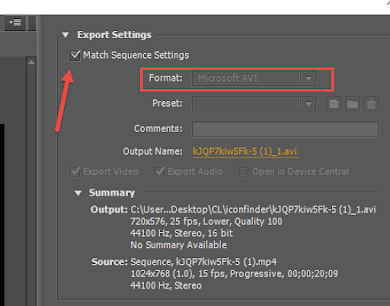UPRNs and HM Land Registry address strings - what's the difference?
When working with UK property data, it's essential to understand the distinction between two key identifiers: the UPRN and the Land Registry address string. While both relate to locations and properties, they serve different purposes and behave in very different ways.
What is a UPRN?
A UPRN (Unique Property Reference Number) is a 12-digit numeric identifier assigned to every addressable location in Great Britain. Managed by Ordnance Survey, the UPRN remains consistent over time and provides a stable reference point for linking datasets across systems.
Key features:
Nationally unique and persistent
Covers all property types — residential, commercial, land, and even utility installations
Does not change even if the property's address or name changes
Used extensively by government and commercial systems for data integration
Refers to a latitude and longitude point data
Example: 100021064175
To find a UPRN UK web users can visit https://www.findmyaddress.co.uk/search
What is a Land Registry Address String?
A Land Registry address string is a free-text description of a property’s location at the time of registration or sale. These addresses appear in title deeds and sale records and reflect how the property was recorded at that time.
Key features:
Human-readable, free-form text
May change over time if a property is renamed, renumbered, or if postcode boundaries change
Primarily used for legal purposes and property transactions
Not always ideal for automated matching due to formatting inconsistencies
Related to a polygon shape of a parcel of land related to an ownership Title.
Some are very old and may not contain post code, or be refer to a large parcel or parcels of land where a post code is not appropriate.
Examples: Flat 3, 25 High Street, Hove, BN3 2PG or
LAND ON THE NORTH-EAST SIDE OF LYDLING LANE, SHACKLEFORD, GODALMING
To find a Land Registry Address string corporate users can visit
https://eservices.landregistry.gov.uk/mapsearch/addressSearch (account required)
How are they different?
UPRNs and Land Registry address strings differ in several important ways. The UPRN is a numeric identifier — a 12-digit code that stays consistent over time — whereas the Land Registry address is a free-text string that can vary depending on how the property was recorded at the time of registration.
UPRNs are stable and persistent, making them ideal for linking data across different systems. In contrast, Land Registry addresses may change if a property is renamed or its postcode changes. Land Registry data is historic, so many refer to bygone counties or boundaries.
UPRNs are assigned to all addressable locations in Great Britain, including empty plots and non-residential sites, and are maintained by Ordnance Survey. Land Registry addresses, however, are only recorded for properties that have gone through sale or registration, and are managed by HM Land Registry.
Important note however, is that if a parcel of land doesn't have something that is assigned a UPRN (typically a building or flat, but does include classifications for bus stops and ponds!) it can't be reference by UPRN - whereas a Land Registry Address String will have likely been assigned - if it's been sold or registered.

.png)



Comments
Post a Comment